The Top Survival Kitchen Cooking Essentials
Are you ready for any disaster or emergency situation that may come your way? Whether it’s a natural disaster, power outage, or any other potentially catastrophic situation, it is important to have a well-equipped survival kitchen ready to go. In such a situation, having the right cooking essentials can make all the difference in the world. Here are the top survival kitchen cooking essentials…
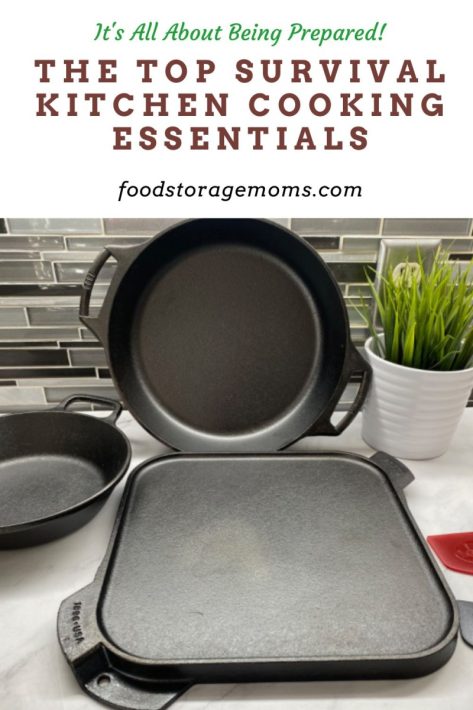
1. Portable Stove
During an emergency situation, you might not have access to electricity or gas. That’s why a portable stove is essential. A good portable stove can be used to cook a variety of meals and can be powered by propane or other fuel sources. How To Make A Portable Kitchen. In case you missed this post, How To Use A Volcano Stove
Volcano Stove (you can use charcoal, propane, or wood in it). Make sure you have the right adaptors if you want to use propane canisters or tanks.
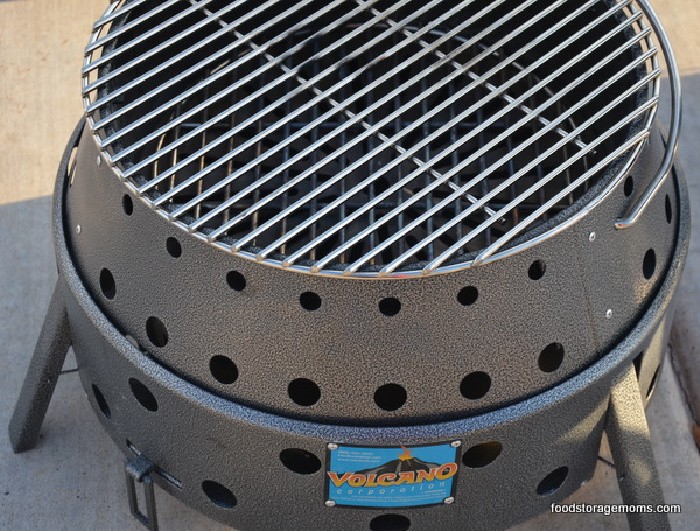
2. Fuel
If you have a stove, you’ll need fuel to use it. Portable stoves can be powered by propane, butane, or other types of fuel. Make sure you have enough fuel on hand to last for at least a few days or up to a week. Emergency Fuel To Store For Survival
Note the picture below illustrating how I store my various fuels. I have them color coded so I can track the inventory I have of each type.
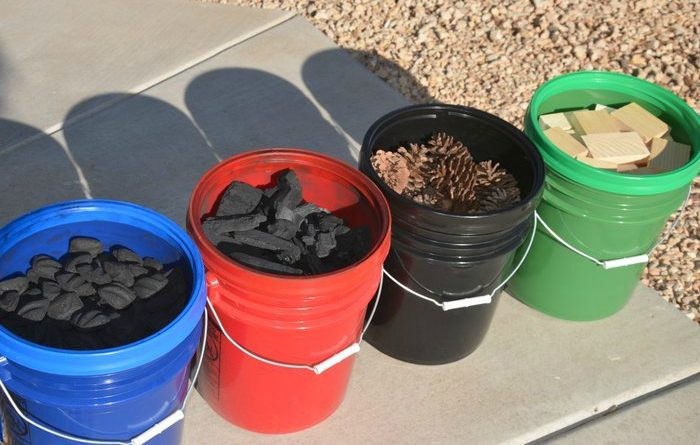
3. Cast Iron Skillet
A good cast iron skillet is a must-have for any survival kitchen. Cast iron skillets are durable, easy to clean, and can be used to cook a wide variety of dishes. Prepping a Cast Iron Skillet You may refer to them as a skillet, grill, or even a pot, but they all work great when used appropriately for the type of food being prepared.
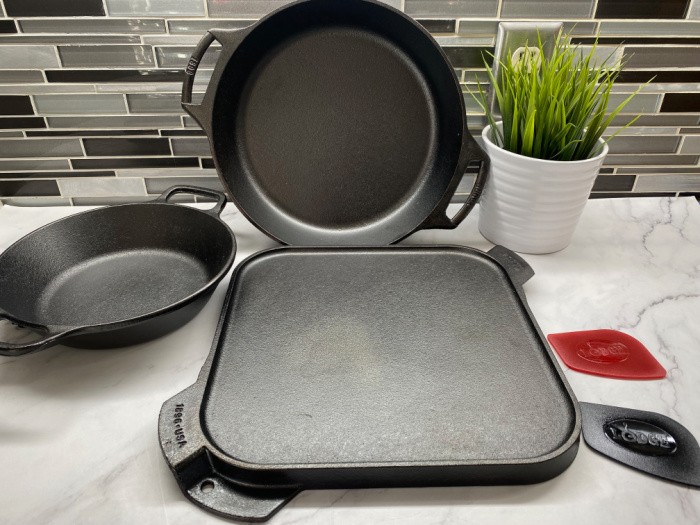
4. Dutch Oven
A Dutch oven is a versatile cooking pot that can be used to cook stews, soups, and casseroles. When used over an open flame, a Dutch oven can also be used to bake bread and other baked goods. How To Make A Dutch Oven Stand Cheap
Dutch Oven Cooking Printable
Print off the printable from the link below. It has very useful information for those who love to Dutch Oven cook. Check it out!
Dutch Oven Cooking Times by Food Storage Moms
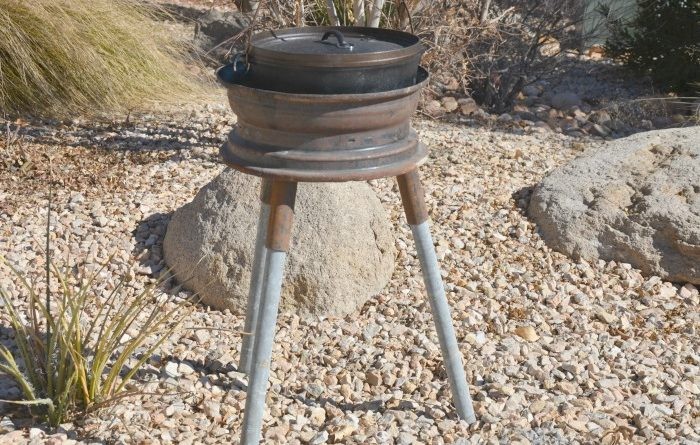
5. Water Filter
During an emergency situation, access to safe drinking water can be limited. A good water filter can help remove harmful bacteria and other contaminants from water sources. Is Tap Water Safe to Drink?
I like the Big Berkey systems and also have used the PortaWell filtration system that provides some higher volumes of filtered water.
6. Non-Perishable Food
It’s important to have a supply of non-perishable food on hand in case you are unable to get to a grocery store. Canned goods, dried foods, and other non-perishable items can provide sustenance for days or even weeks. Food Storage Tips for Your Groceries and Leftovers
7. Fire extinguisher
When cooking over an open flame, it’s important to have a fire extinguisher nearby to help protect family members and property from fire risk. Make sure to have a fire extinguisher that is appropriate for the type of fuel being used. Fire Extinguishers: More Important than a Gun?
Please have some Fire Extinguishers.
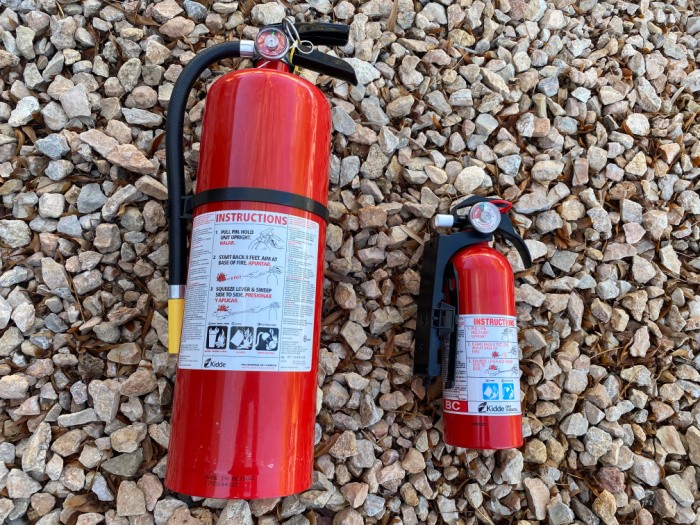
8. Knife and Cutting board
A sharp knife and sturdy cutting board are essential for preparing food. Make sure to keep a good quality knife and cutting board on hand in your survival kitchen. 10 Essential Tools Every Homesteader Should Have
9. Cookware and utensils
Make sure to have the necessary cookware and utensils on hand to prepare meals. This might include pots, pans, spatulas, and other cooking utensils. You Need These 21 Utensils In Your Kitchen
More Tips for Survival Kitchen Cooking Essentials
- Matches or Lighter– You’ll need a reliable source to start your fire, depending on the fuel used to cook your meals.
- Cooking Oil – Having cooking oil on hand can help you prepare quick and easy dishes with minimal effort and also keep the food from sticking to surfaces.
- Aluminum Foil – Aluminum foil is versatile and can be used for roasting, baking, and grilling food over an open flame or campfire.
- Spices & Seasonings- Adding some flavor to your meals makes them taste better, which will give you the energy and morale boost needed during stressful times!
- Firewood/Charcoal– If you rely on an open flame for cooking, having a ready supply of firewood or charcoal is essential to keep it going strong throughout the day.
- Containers & Storage Bags– For storing both ingredients as well as cooked food items until they are needed again!
- Portable Griddle/BBQ Grill- A great way to get additional flavors into your culinary creations while also maximizing space if necessary!
- Cooler/Ice Chest– To store cooled items that need refrigeration such as butter, cheeses, etc., especially during hot weather conditions when electricity may not be available from a refrigerator.
- Outdoor Cooking Gear- Depending on the situation, you may need to resort to outdoor cooking gear such as Dutch ovens and other fuel-free methods of cooking in order to survive!
- Hand crank mixers – A great off-grid kitchen tool.
- Cast iron cookware or flat rocks to cook with, you don’t need a fancy gas-powered stove.
- Swiss army knife, food dehydrator, and meat grinder.
- Store-bought foods like a supply of yeast, citrus fruits, peanut butter, fresh milk, and so on…
FAQs for Putting Together a Survival Kitchen Cooking Essentials
Assembling a survival kitchen is an essential task for anyone who wants to be prepared for emergencies. Here are some frequently asked questions:
What are the essential items to have in a survival kitchen?
The essential items to have in a survival kitchen include non-perishable foods like canned goods, dried beans, rice, pasta, and nuts. You should also have a supply of clean water, a manual can opener, a camping stove or a portable grill, a first aid kit, a hand-crank or battery-powered radio, and a flashlight with extra batteries.
How much food and water should I store in my survival kitchen?
You should store at least three days’ worth of food and water for each person in your household. In an emergency, it can take time for help to arrive, so having extra supplies on hand is always a good idea. I strongly suggest 4 gallons per person per day for drinking, cooking, personal hygiene, minimal laundry, and more.
How often should I check and rotate my supplies?
You should check and rotate your supplies at least once a year. This will help you ensure that your food and water are still edible and your equipment is still in good working order. Use and replace items before they expire. Tips for Understanding How to Rotate Foods
How do I store my supplies properly?
You should store your supplies in a cool, dry, and dark place to help them last longer. Label and date the containers, and keep them in an easily accessible area.
Final Word
Having a well-equipped survival kitchen can make all the difference in an emergency situation. By stocking up on the essentials, you can ensure that you and your loved ones are well-fed, hydrated, and safe during times of crisis. Keep these essential items in your survival kitchen, and be prepared for anything that comes your way. May God Bless this World, Linda

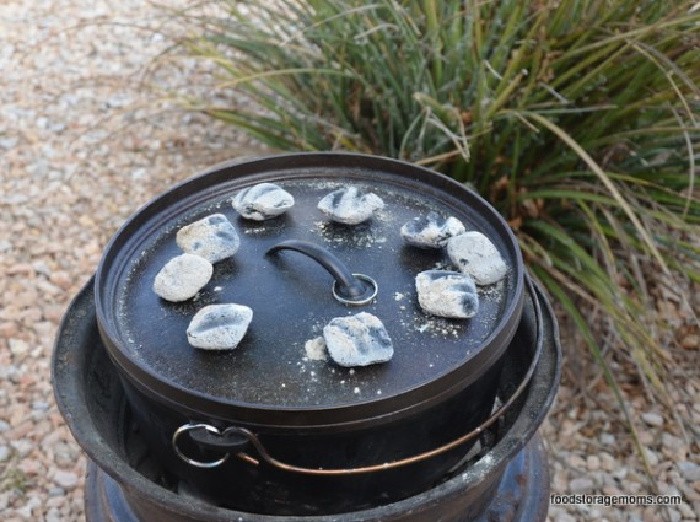

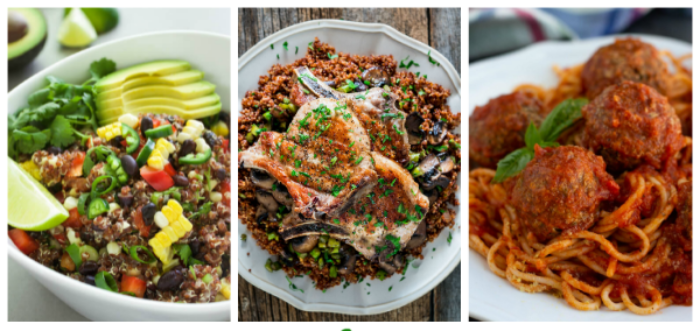
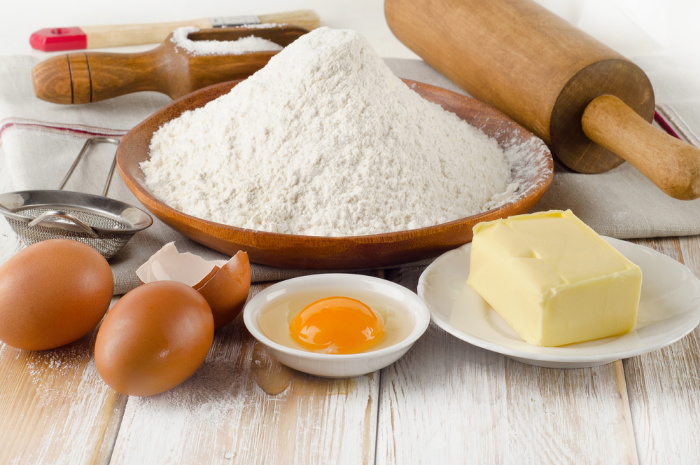
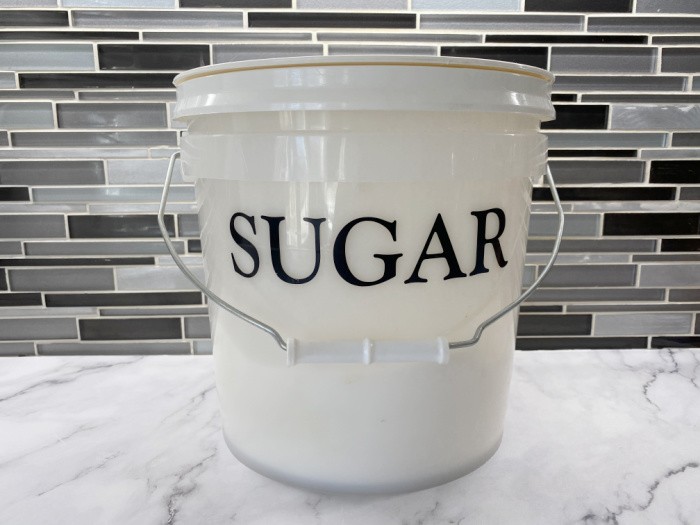
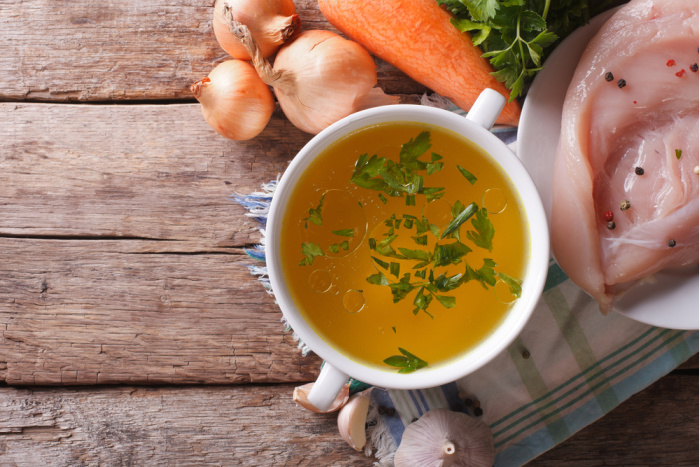
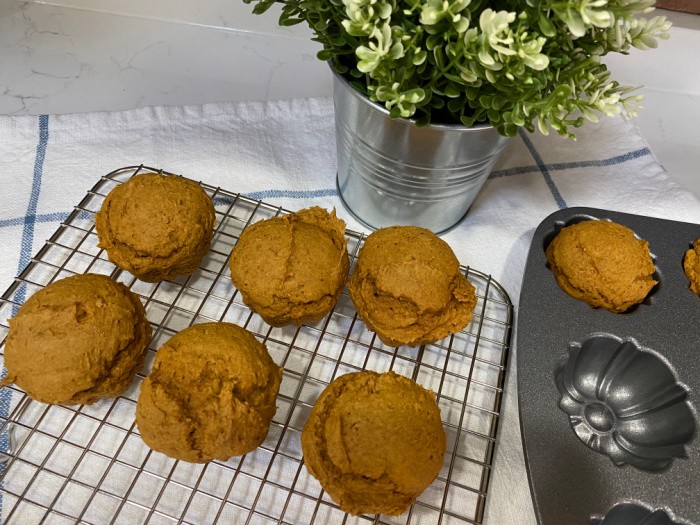
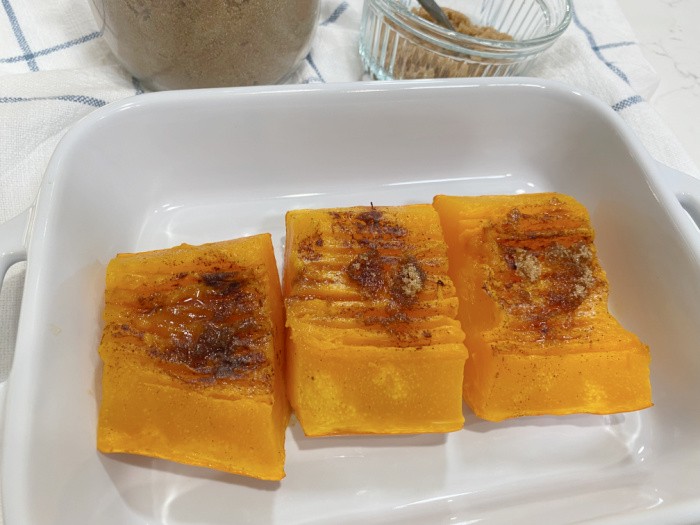














Linda,
A good addition to the list would be some good carbon steel fry pans. They are seasoned and cook virtually the same as seasoned cast iron but are much lighter. Also, they heat up a little quicker which is an advantage when you are short on fuel. We have 8″ and 10″ by both Lodge and OXO. The OXO are a little thinner and hence a little lighter than the Lodge. But both are considerably lighter than cast iron. We also have a 10″ CRUXGG seasoned blue carbon steel wok by Williams-Sonoma but it was pricey! We are no longer using any of the so-called non-stick fry pans since we got these.
Hi Harry, I love those “10″ CRUXGG seasoned blue carbon steel pans by Williams-Sonoma! They look awesome and safer than the non-stick ones. I learning about new pans that are awesome! I love the Williams-Sonoma stores. I could walk around there for hours!! Linda
Hi Linda:
I stopped using non-stick pans when I saw pieces of the non stick materials in food when my children were little and someone gave me a pan. I always use cast iron for cooking when I can. I know they are heavy but they cook so well. I really don’t like using anything else. The only use regular pans for things like soup and other liquid foods. I have a skillet my husband found me that is 39″ cast iron and talk about a heavy pan. Jack was working for the forest service when they were cutting down dead and diseased tree’s and dead plants during a time when we were having a really bad fire season and he found it when he was raking the dead plants. It is so big and so heavy and I love it because I can make a big meal. But these days all I can use is my smaller pans because they are not as heavy as my big pan. I promised my daughter it was hers when I am gone.
HI Jackie that is a huge cast iron pan! I love the story behind it!! Thanks for sharing! I haven’t used non-stick pans for years, I remember the “teflon” coming off the pan. It was awful!! Linda
Linda, great article, but a quick question. What is the utility of a dutch oven stand? My dutch oven was always set on top of or buried in the coals of the fire.
Hi Ray, my brother-in-law made it for me so we didn’t have to bend over the coals. He’s a welder and made it with a tire rim. He made a grate for the inside and made it so we could use it with short or tall legs. It’s basically a table of sorts. But is’s easy to travel with. It’s like a table, I guess, made with recycled items. Linda